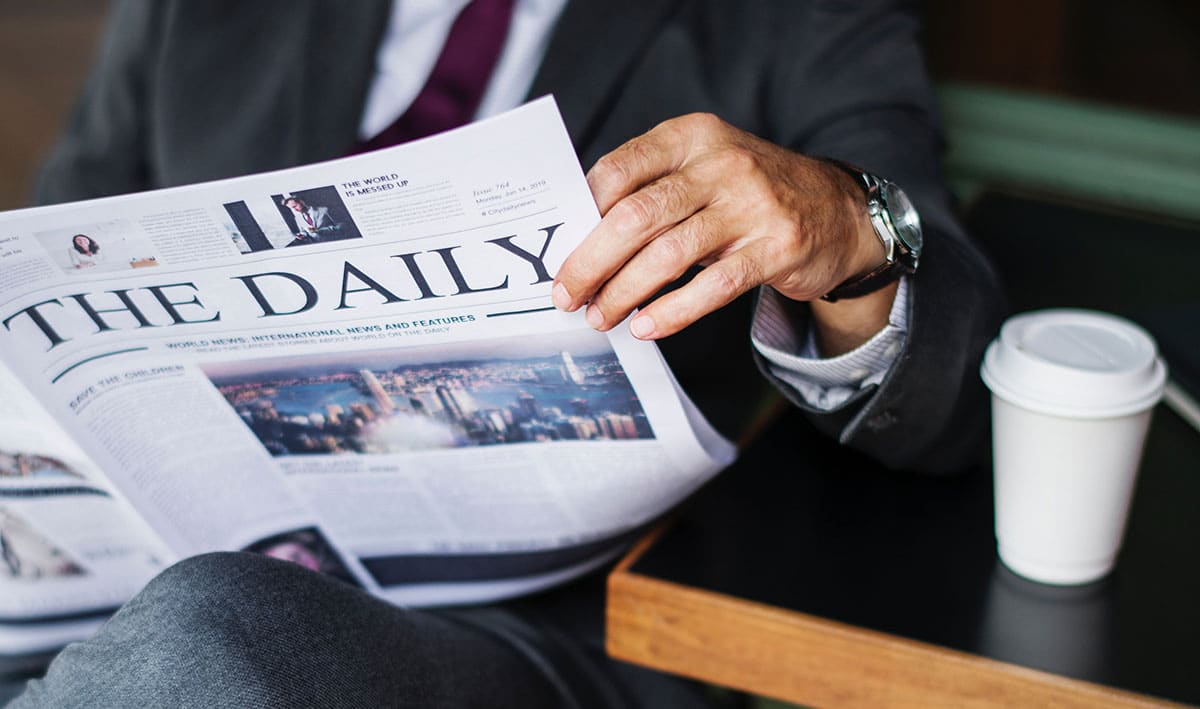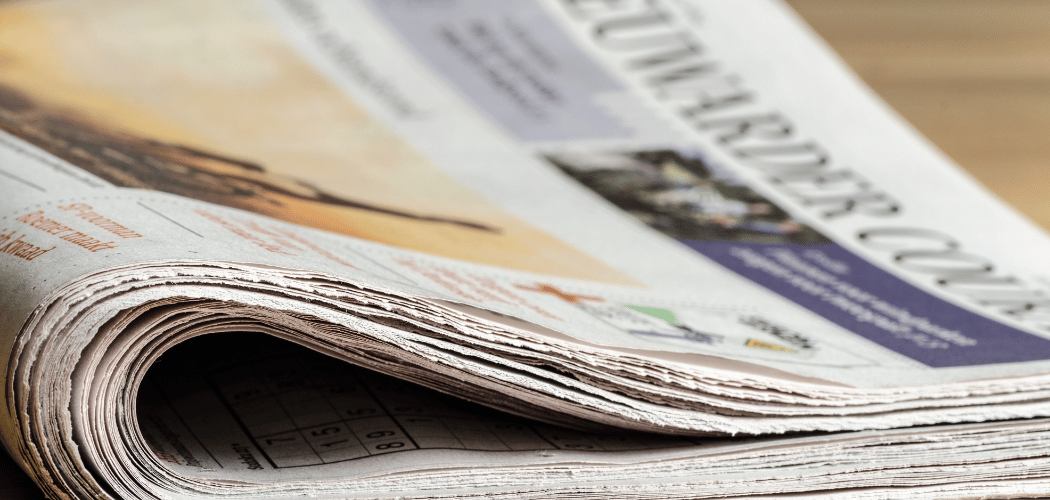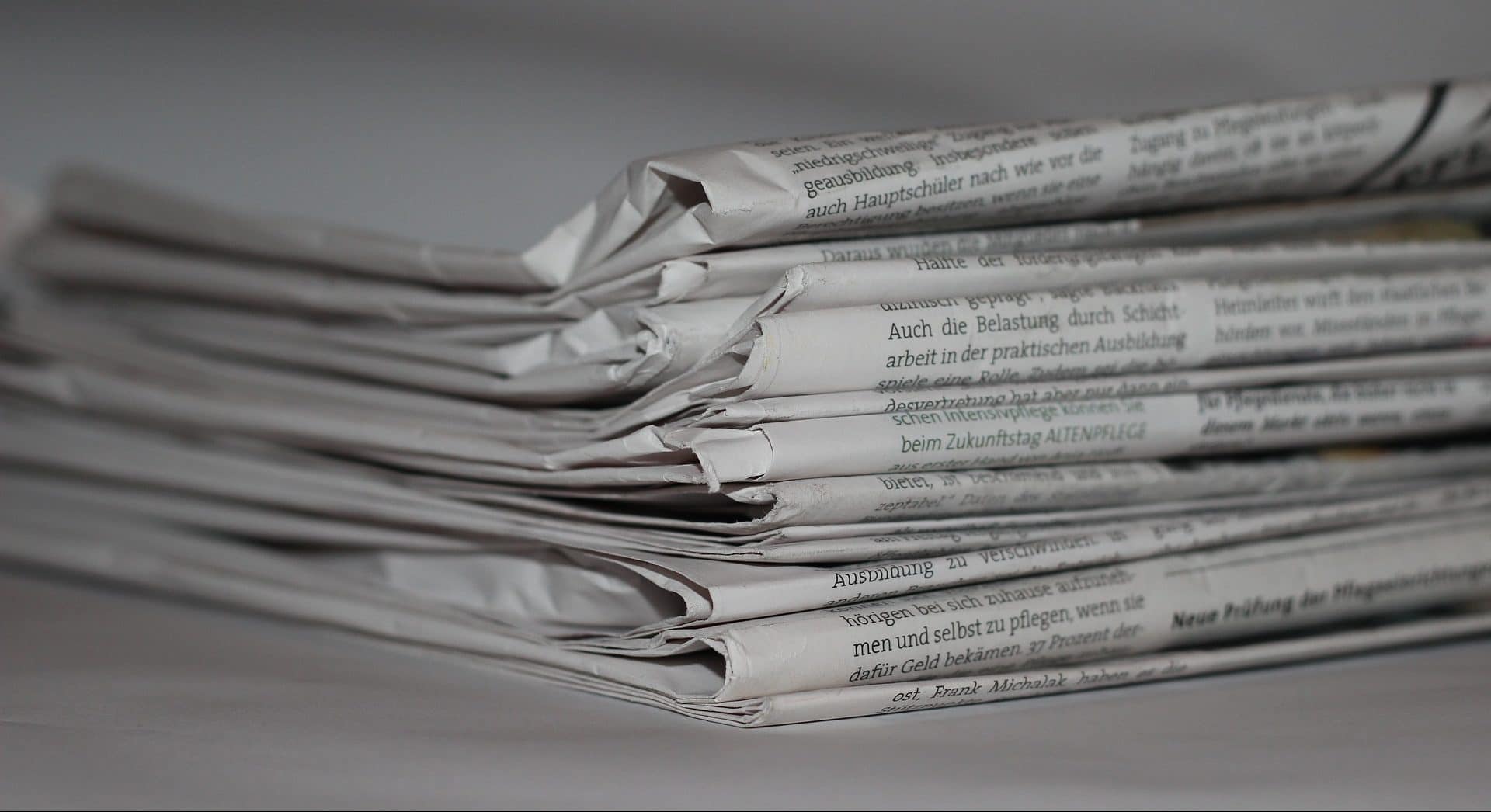Just in time for the holiday season, Bond Brand Loyalty announced a new partnership with Uber to bring last-mile, on-demand delivery of rewards to loyalty program members. The new service, Direct, represents a step change in the reward redemption experience. It’s a real-time delivery solution that reduces fulfillment to hours versus days.
We publish a lot of press releases, but some demand that we dig deeper. Online order and delivery has been a central topic for restaurants and retailers seeking survival during the pandemic, and third-party last-mile delivery companies have been at the hub of this activity. Extending their reach into loyalty program operations is a big step. The collaboration between Bond and Uber means the days — or weeks — long wait for catalog merchandise has come to an end.
We searched out the instigator of this change and landed an interview with Sean Claessen, Chief Strategy Officer at Bond Brand Loyalty. The interview that follows will get you up to speed in real-time as the loyalty landscape continues to change.
Wise Marketer (WM): I sense this is not “just another press release”. Was this announcement a long time in the making or more a response to meet a need during the pandemic?
Sean Claessen (SC): This was months in the making to figure out how to transform something that usually takes weeks into a same day experience. We saw that digital redemptions were up over 10 percent in the early days of the pandemic, across the various programs we operate. People were thirsting for something more tangible and more immediate, at a time when everything seems so virtual and out of reach.
When I heard about the glee of someone on their front porch opening a box only 35 minutes after clicking the button to get a pair of air pods, I knew we had done a good thing. That person reacted with disbelief and there was magic created.
WM: What’s the backstory of how this service was developed?
SC: Let me lay out how we got here. There’s been a lot of disruption in retail and many of these roads lead back to Amazon. For better or worse, Amazon has trained people to want their purchases more and more immediately —two days, one day, the same day. The result is a constantly shifting bar of expectations for delivery service, and other retailers struggle to keep pace with Amazon.
We also noticed a few marketing trends. Uber had been providing digital codes for rewards, a “near zero-dollar reward” through its drivers for a small number of loyalty providers. At the same time, a small group of tech-enabled, last-mile delivery solutions — what I term “logistech companies” — were empowering retailers of all sizes to get customers their stuff within hours.
Together, it seemed the availability of last-mile capabilities was converging with increasing consumer demand.
WM: And you saw an application of this to customer loyalty?
SC: Yes, and a lot of what we learned was based in research. Bond publishes The Loyalty Report and the latest edition showed us how important redemptions are to customer satisfaction.
The report found that 72 percent of all members had made redemptions, and more than 68 percent find instant retail redemption appealing. We also identified that ease of the redemption process and time it takes to receive redeemed rewards created a 6.8X satisfaction lift. There was obviously growing demand for this type of service.
WM: And how do these trends intersect with customer loyalty?
SC: Reward redemption standards in the industry could be completely transformed. Imagine that a grocery store loyalty program lets its members use points to shop at a clothing retailer and get those items delivered immediately. Or a bank’s credit card program turns rewards redemption into impulse purchases because of the speed and convenience of delivery. Each example is a compelling customer acquisition tool and has the potential to change the economics of the underlying loyalty program.
WM: Can you talk about scenarios of how you will deploy Direct? What types of brands will take advantage of this service first?
SC: We want to be deliberate in rolling this out. We think this service will be super attractive to specific groups of customers. This might start out as surprise and delight and develop into a tiered or value-based service, that’s unlocked by customer activity.
WM: Fast fashion retailer H&M rolled this type of experience out in a more macro way recently. Is that right?
SC: Yes. In honor of Black Friday this year, H&M offered same day delivery with a local delivery provider as a benefit of the big holiday. Instead of offering sales and discounts, H&M gave away free same day shipping to anyone making a purchase on that day. For them it was a smart move. They used this type of service as a way to say “thank you” to customers and preserved margins on the products themselves.
WM: But the service does cost something for the retailer? There was a cost to H&M in this example.
SC: Yes, but you might want to think of this investment as an alternate to acquisition cost or to traditional subsidies of shipping. Cost of acquisition to one brand is close to a zero-dollar reward to another.
There’s something else underlying the H&M example, an ongoing experiment to understand the elasticity of demand for shipping options that increasingly approach immediate shipping. The Gap and others have been testing the customer’s tolerance of different price points for shipping options along a spectrum of price and time. These retailers are learning a tremendous amount about their customers. In the end, from our analysis, one of the most profitable things The Gap could be selling is faster shipping — not t-shirts.
WM: So, you think Uber Direct is a service that customers and members will be willing to pay for in the future?
SC: In some cases, yes. In our Loyalty Report, 32 percent said they are willing to pay a premium to instantly receive rewards. Uber has done similar research, finding that nearly three-quarters (74%) of consumers surveyed said same-day delivery increased their brand loyalty. This could be a reward for some, and a paid service for other customers.
WM: How could all this impact other industries?
SC: Uber Direct builds upon Uber Eats’ recent expansion into grocery and convenience-store delivery and is a much-needed evolution of e-commerce and fulfillment.
Retailers and manufacturers can now leverage Uber’s technology as an operationally efficient way to move goods between locations and into the hands of customers. With the scale and reliability of Uber, Bond is setting a new standard of fulfillment and delivery, connecting the last mile of e-commerce with loyalty.
WM: What’s next for the evolution of near real-time reward redemption?
SC: There’s a long runway of development here. Before the pandemic, people were saving rewards points for experiences and big, aspirational trips. Once the pandemic hit, people became much more practical, and quickly. The need to reward oneself grew in response to quarantining and a general change in social habits. The surprise and delight of these quicker delivery times delivered an element of fun and relieved pressure for some people. Like everything, using this type of service is a choice. Some people will value it greatly, more than others.
We are going to watch the groups that respond most and see how people are willing to pay for the service or burn loyalty points to get faster delivery. We’ll also watch engagement numbers in programs and satisfaction scores, like NPS. The space will evolve by listening to customers and watching these numbers.
WM: Will this be a service that we’ll see in the US soon?
SC: We believe that near real-time reward delivery is going to become like oxygen. The third-party delivery companies in the US are already locked in a battle for market share. Last-mile rewards shipping is a differentiating service and one, by the way, that the carriers like UPS, FedEx, and USPS have not yet grasped.
All these legacy shippers issued warnings to consumers to shop early as their systems won’t support last minute shipping in 2020. Maybe their business models don’t align with same day rewards shipping, but in any event, Uber and others are going to take charge of this market to give consumers what they want.
WM: Will the Uber car trunk effectively become a mobile warehouse?
SC: There are a lot of trunks running around empty today. The possibilities are exciting for manufacturers and CPG firms going DTC as well as any retailer.
With the rise of subscription programs, first in ecommerce, now in loyalty, there will competition among retailers to “fill the trunk”. This truly is the item that “tastes good and is good for you!”




